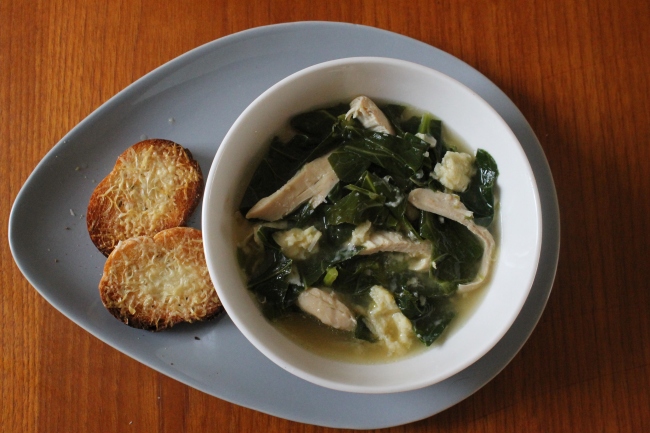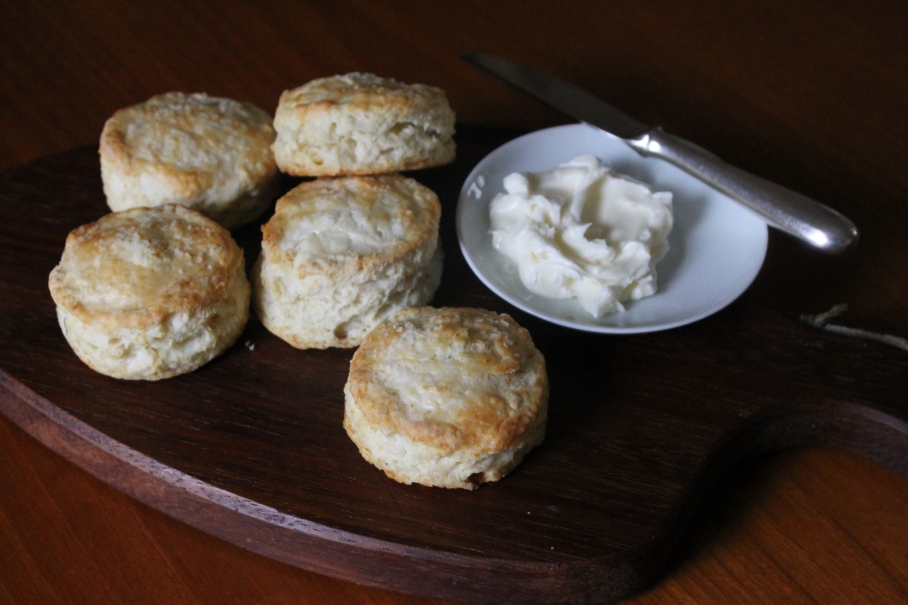It was on my first visit to Block Island, RI, where my husband’s family has a home, that I fell in love with foraging…food, that is. I’ve always love furniture and art scavenging, in fact, on my first date with my husband, we dumpster-dived (dove??) for cool junk in Soho–back when Soho was still pretty industrial. There are those fanatical folks who dumpster-dive for food (much like extreme couponers–do you really need 100 bottles of hair conditioner? Is a case of E-coli really worth that half-rotten case of Iceberg?) but that’s where I draw the line. Food foraging in nature is another thing altogether. On Block Island alone, I’ve foraged blackberries, blueberries, apples, rose hips, beach plums, wild Concord grapes, mussels, clams, striped bass (i suppose that’s called fishing…) and watercress. In Brooklyn, I’ve found figs, epazote, ginkgo and Juneberry and in upstate New York, ramps, and loads of mushrooms (those, i’m a little wary of)
A few hours a day during our family’s late-summer vacation on Block Island was always spent picking blackberries and rose hips and making pint after pint of jam. My goal was to only buy sugar and new canning lids–everything else was free or else recycled. We’d pick fresh, peppery watercress (too spicy to eat raw) and sauté it with garlic and sausage. In recent years, our vacations have fallen at the beginning of summer, some weeks before blackberries and rose hips are ripe, so my foraging is limited to what I find at the grocery store–and believe me, sorting through mediocre produce sometimes feels like foraging.
On our way home from Block Island last week, we stopped off at my husband’s grandfather’s lake cottage in central Connecticut for an impromptu family reunion. It’s a sweet little house on a lovely lake that my grandfather-in-law bought in the 1940’s. He and his wife planted 2 blueberry bushes near the water’s edge. This week, they were full of blueberries–perfect timing as we usually visit long after they’re gone. In about an hour’s time, I picked more than a quart. The elders were impressed–I think they’d stopped picking them a long time ago. After doling out a few small handfuls, I promised to make a coffee cake for breakfast the following morning with Maggie’s blueberries.
BLUEBERRY CRUMB CAKE
hands-on time: 20 min
total time: 80 min
Serves 12 to 16
Crumb Topping
1 1/2 cups all-purpose flour
1/2 cup sugar
1 1/2 teaspoons baking powder
1/4 teaspoon salt
1 stick unsalted butter, melted
Cake
2 2/3 cups all-purpose flour
1 tablespoon baking powder
1/2 teaspoon salt
1 1/2 cups sugar
3 large eggs, at room temperature
1 1/2 sticks (12 tablespoons) unsalted butter, melted
1 cup plus 2 tablespoons whole milk, at room temperature
2 teaspoons pure vanilla extract
3 1/2 cups blueberries
1. Preheat the oven to 350° and butter and flour a 9-inch by 13-inch baking pan. Make the crumb topping: in a medium bowl, combine the flour with the sugar, baking powder, salt and butter and pinch together with your fingers until evenly moistened. Press into clumps.
2. Make the cake: In a large bowl, whisk the flour with the baking powder, salt and sugar. In a medium pitcher, whisk the eggs with the butter, milk and vanilla. Pour the mixture into the dry ingredients and whisk until smooth. Fold in 3/4 of the blueberries and scrape the batter into the pan, spreading it evenly. Scatter the remaining berries on top. Sprinkle the crumb topping all over and bake in the center of the oven until a toothpick inserted into the center comes out with a few moist crumbs attached, 45 to 50 minutes. Let cool slightly before serving.














